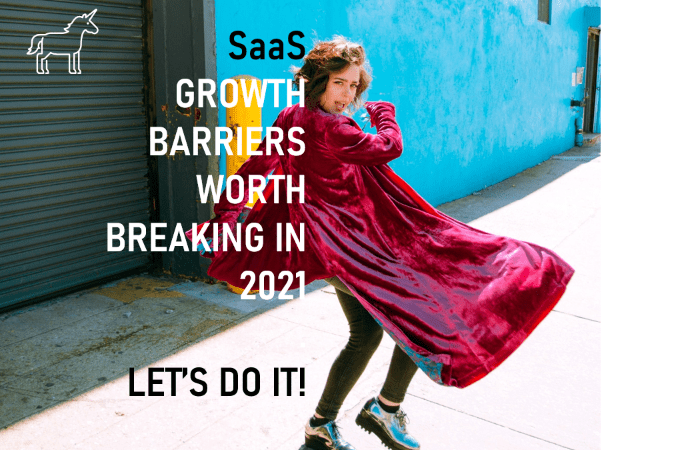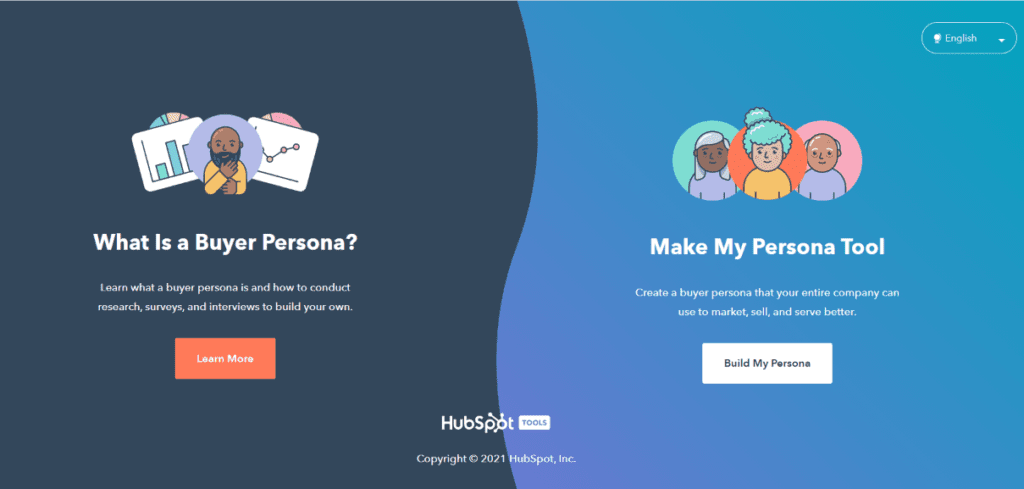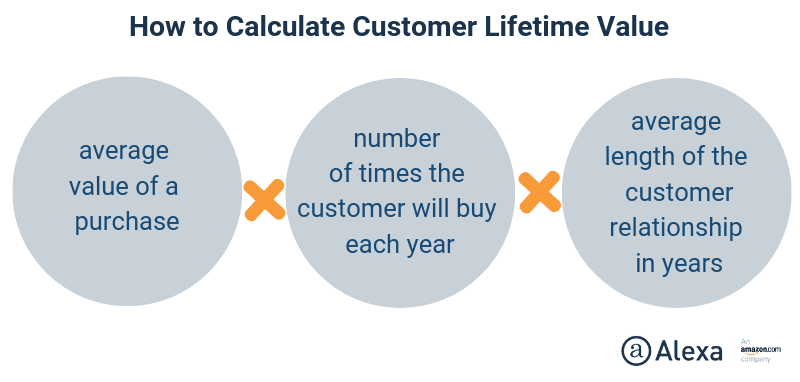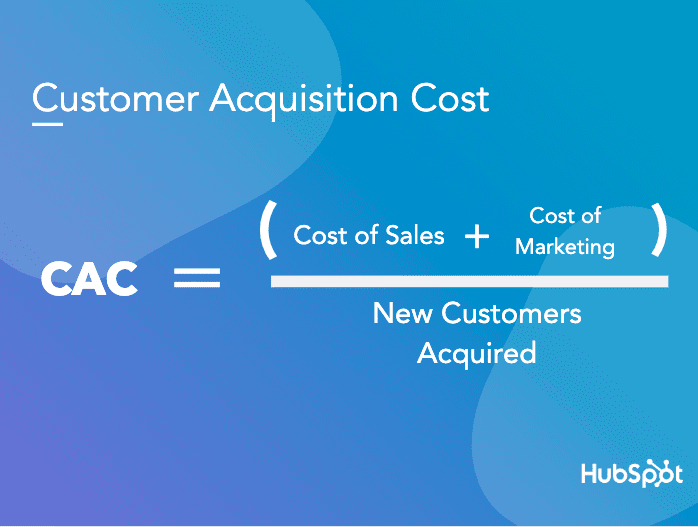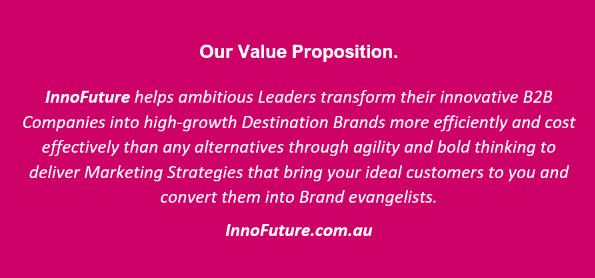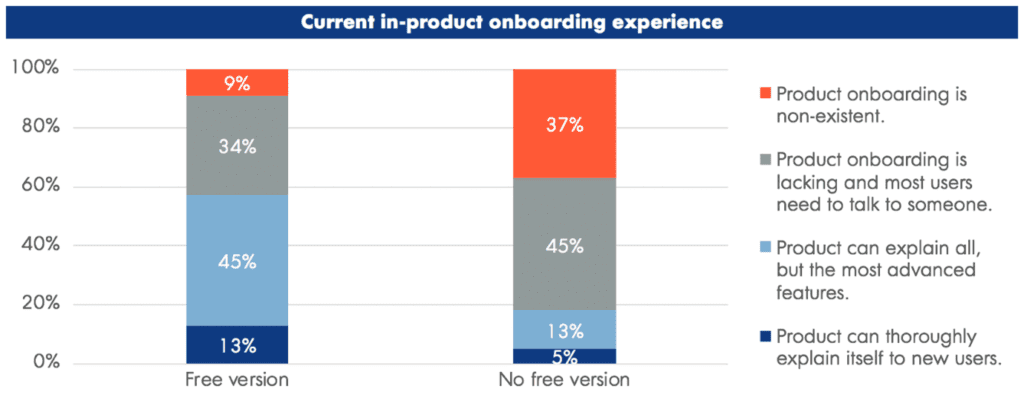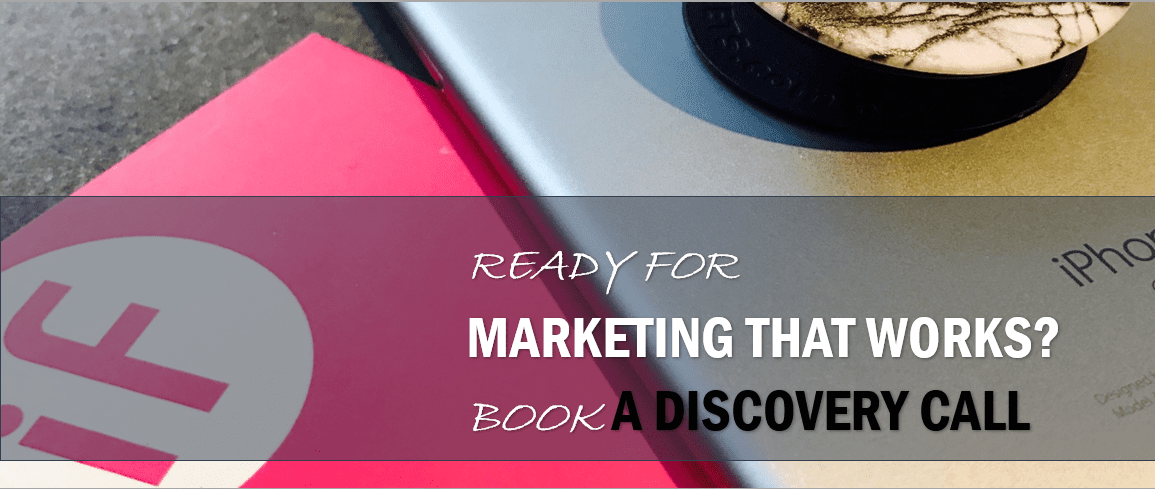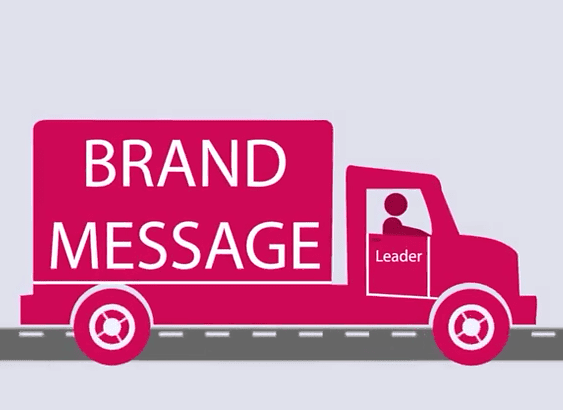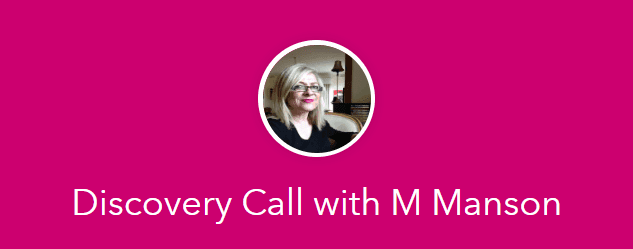The sizzling growth of the B2B SaaS sector and the rise and rise of SaaS unicorns make a stark contrast against the business growth barriers that plague the vast majority of B2B SaaS companies. Understanding the source of these issues is the first step in adopting potential solutions. Because, with the projected growth potential of the SaaS industry, these barriers are seriously worth breaking.
 You can find volumes about why some businesses underperform or fail. Depending on who is looking, the reasons range from financial to leadership, with the marketing and human factors somewhere in the middle. So, let’s be clear. Business is about customers: the revenue they provide, and the strategy and budget required to win and keep them.
You can find volumes about why some businesses underperform or fail. Depending on who is looking, the reasons range from financial to leadership, with the marketing and human factors somewhere in the middle. So, let’s be clear. Business is about customers: the revenue they provide, and the strategy and budget required to win and keep them.
In this post, I will walk you through the key growth barriers for B2B SaaS companies and provide some marketing tactics you can use to break down those barriers.
- Low Entry Barrier And Then What
- Being Fuzzy about Your Target Market
- Not Defining the Vital Customer Metrics
- Not Adopting A Holistic Approach To Building A Sales Pipeline
- Failure to Show a Clear Differentiating Value
- Elephant in the Room: COVID-19 Impact
1 Low Entry Barrier And Then What?
Today, the cost of developing an app can be very affordable! In the global gig economy, virtually anyone can find a development team on a freelancing site and build an app. If your app is a B2C solution, i.e. a consumer product, you can easily plug it into a relevant ‘marketplace’ platform and start there.
However, marketing B2B SaaS solutions is a little more complex and requires unique strategies for b2b marketing. It doesn’t take marketing genius to realise a passive approach, i.e. “build it and they will come” doesn’t work. You need to have tactics and tools to encourage trial, usage and build loyalty of a tribe to ensure growth. Apart from visibility, B2B selling requires a powerful element of Trust. This involves creating communication tools to do the pre-selling job online.
How to break this barrier:
-
The Launch Effect
You only have one opportunity to leverage the launch and make an impact. So, plan and throw almost everything you’ve got behind your “launch”. Create a Brand-building campaign aiming to establish your Brand awareness and identity.
You are looking for “reach” and “influence” factors. This is one of the rare opportunities for most businesses to have a media appeal: the newness effect. Grab it! Get your best marketing talent onto it. Missing the opportunity is like sneaking into your own birthday party instead of being the centre of attention and then being talked about for another week or two.
-
Content Marketing Strategy
If you don’t have a B2B SaaS marketing strategy built on SMART goals, how can you expect to succeed and measure progress? Today, every business set on growth must design its B2B Marketing Strategy based on data-driven inbound marketing principles. This simply means that you must integrate all communication to help your ideal customer find the easiest path to your solution and make it easy for them to buy it. Content Marketing is demonstratably the most effective marketing strategy in the digital era, and no SaaS company can afford to ignore its growth potential.
-
Directories & Comparison Sites
This is the easiest form of getting exposure for your product where prospective customers are already looking. There is a growing number of SaaS comparison sites, where you can promote your B2B SaaS application. Sites like FinanceOnline, Capterra, G2, TechnologyAdvice, TrustRadius and more, will list your SaaS solution.
Check them all as offer different segmentation approaches and different conditions. Then, ensure you have the a strong, differentiated promotional message and all relevant features included. Your marketing strategy should include monitoring and leveraging these opportunities.
2 Being Fuzzy about Your Target Market
Business success is never about an idea or technology. It is always about the customer. Most B2B SaaS companies fail because they are simply not solving a customer problem for a clearly defined and attractive market segment. Today, it’s not enough to just broadly define a market segment. The adage that “people buy from people” has never been more relevant than it is to SaaS products. In the digital B2B buying paradigm of the self-service economy, brands require a powerful online voice to perform the job of a skilful sales rep to attract, qualify, engage, inform and build trust with prospective buyers.
How to break this barrier:
-
Buyer Persona Profiling
Buyer Persona is a fictitious hero of your brand story, based on characteristics and behaviours of your Ideal Customer. If your customers are too diverse to fit into one persona, you can create 2-3 Buyer Personas for your marketing purposes.
To succeed in communication, your entire organisation must intimately know your Buyer Persona (Ideal Customer). Therefore, your marketing team must develop a Buyer Persona both in great detail and in a format that is easy to convey to a content writer, salesperson, designer, SEO specialist and soon, to an AI. This will enable anyone within and outside the organisation to deliver accurate communication resources to help the buyer progress easily towards your brand.
Invest some time and resources in developing a precise picture of your ideal prospective buyer. Focus on a person in their business context and their personal ecosystem. Depending on your marketing resources, this process can be highly automated or a little more manual, requiring the Content Strategist to dive into your CRM, sales data and your sales channels analytics, e.g. website Google analytics.
There are plenty of templates and tools on the internet, including this Make my Buyer Persona tool from HubSpot.
3 Not Defining the Vital Customer Metrics
If the Customer Lifetime Value (CLTV) and the Customer Acquisition Cost (CAC) are not defined, you may be spending too much on Customer Acquisition. Equally, if you don’t know your Customer LTV potential, you may be too cautious in your acquisition and retention strategies, thus wasting money on ineffective tactics. Both metrics will help you to fine-tune your marketing approach.
-
Know your Customer LTV
If you don’t have your own formula, there are many customer LTV calculators out there. HubSpot’s CLTV calculator is a good start, also providing extra insights into this important metric.
-
Applying CAC metric
Knowing your customer acquisition cost, CAC, will enable you to know exactly how much it costs to win a new customer. You can compare it to the cost of retaining customers and adjust your marketing strategy accordingly. Importantly, you will be able to benchmark your business against your industry. With data for many industries freely available, you can check your performance and even which tactics work best in your sector. Ultimately, this metric is about profitability. Again, HubSpot has a CAC calculator and resources to guide you.
4 Not Adopting A Holistic Approach To Building A Sales Pipeline
The biggest and most common mistake made by B2B SaaS companies and most B2B businesses is adopting a transactional approach to sales instead of building relationships.
So, instead of setting a strategy and process to build sales pipeline process and create a momentum, they aim for instant sales results sometimes from a single marketing campaign. For instance, businesses often invest in building a new website, without planning the next step, e.g. launching the new website with a drip campaign, or creating a basic communication plan to reach and engage the market and fill in the sales pipeline.
When you consider selling from the Buyer’s perspective, your Sales Pipeline is their Buying Journey. Helping them find, consider and decide to buy the best solution to their problem. Not having a holistic approach to building this sales pipeline will not deliver sales you want.
How to break this barrier:
-
Trust Factor
Visibility is 80% of success. As important as being seen on these sites, these are just listings, and it is up to the Vendor to win the contest. Trust is a critical factor, necessary to just get onto the customers’s consideration list and invaluable in influencing the decision to purchase your SaaS solution. A sound Content Marketing Strategy that includes at least the following tactics will form a solid for building Trust.
-
Thought Leadership Marketing
So, while it may sound like a pie in the sky to a small business or a startup, thought leadership marketing is the most powerful way of building trust, brand and a following. It involves being “heard” and “seen” in the right places and context: the context of your expertise. It includes blogging, contributing to industry publications, speaking and providing “opinions” to respected media channels.
-
Joint Promotions
Collaboration helps achieve two goals: greater reach and trust factor of the 3rd party endorsement. They are also a perfect way of building email database and capturing leads. Your Marketing Strategy should identify these JV opportunities and schedule them in your 90-Day Communication Plan.
-
LinkedIn
B2B companies recognise LinkedIn as the key B2B Social Media channel. This is where professionals hang out, and it is by far the easiest way to identify prospects by very precise criteria and reach out. Just remember, it is a Social Network and like any other form of networking, it is about personal credibility and building relationships.
-
Digital Events (aka Webinars)
Do I hear you stifling a yawn? My eyes glaze over when I hear the word webinar. But webinars are great sales tools, perfect for closing sales and up-selling services. When considering webinars, and it is a must for products and services that require audience education, think: EVENT. There is no excuse for dull, especially for business leaders. So, think red carpet, jazz and Customer Experience.
-
Email Marketing
The humble email, the oldest of the digital channels, is still the most powerful in building sales pipelines and closing sales. But just like your SaaS solution, it needs to be kept fresh and growing. Email marketing involves 4 key elements: CRM, email automation platform (like Mailchimp, Salesforce, or Hubspot), content and a plan for consistency.
5 Failure to Show a Clear Differentiating Value
“If you don’t have a competitive advantage, don’t compete.” Jack Welch.
Here is a thing.
None of the above approaches will work well if your SaaS brand cannot clearly convey its unique offer, i.e. its Unique Value Proposition. Why should they buy from you? The importance of Brand Differentiation is nothing new. Coca Cola and Pepsi are still battling it out after over 120 years.
While B2B SaaS applications often start by solving a particular problem, competition follows. So, if you don’t have Brand identity in the market by the time your first competitors arrive, they gain an advantage by improving on your mistakes and a mandate to differentiate their offering as superior. By failing to differentiate, you are making it harder for customers to choose you and easier for competitors to win.
Ouch! Costly mistake.
How to break this barrier:
-
Value Proposition.
Heard about SMART goals? A Unique Value Proposition is SMART: Specific, Memorable, Actionable, Relevant and Targeted. There is a formula for creating a UVP/USP. Here it is, just try to fill in the blanks.
We help/solve [this problem] for [these specific people/companies] so that they [achieve this transformation] better [in what way? Faster, neater, cheaper?] than [who? What alternative?]. [optional] We achieve this by [how/what do we do].
Example:
6 Elephant in the Room: COVID-19 Impact
The impact of COVID-10 distills to two words: Virtually Everything. The pandemic has aggressively sharpened the curve of digital acceleration. So? Isn’t it why your SaaS business is here, anyway?
Yes. But the pandemic has dramatically affected both customer acquisition and retention. And while many B2B marketing tactics that were effective in new customer acquisition have successfully transitioned to digital formats, customer retention remains a challenge. Apart from call centres, chatbots and tickets being a poor substitute for excellent service, lockdowns and social distancing are not conducive to product usage. Opportunities for sharing user experience and to leverage the experience of more advanced colleagues to help others to use your software have all but disappeared.
And without usage, attrition will follow. So, the priority is to focus on retention.
How to break this Barrier:
-
The new B2B Marketing Mix.
Word of mouth and networking are now part of the social media and product and service review sites. Direct mail now relies on razor-sharp segmentation together with permission compliance. Break the privacy rule and any reputable platform will disown you, whether you are a paying customer or not.
-
Pump out that How-to Content.
Now is the best time to build your Knowledge Base resources. Not only does it help to document your product. It creates searchable, SEO-friendly content that builds your brand. It also provides opportunities for engaging your technical teams and build a stronger brand culture. Keep in mind that people learn in different ways. So, make sure you have a mix of blog post, video, infographics, etc.
And the best thing about digital content is its capacity for recycling and longevity. No other form of marketing comes even close.
-
In-Product Marketing.
So, you’ve built a B2B SaaS solution. Hopefully, you already have some good customers. Now ask yourself these questions.
- Does it provide a fabulous user experience (UX), one that will want people to use it and rave about it?
- Does it have a clear and irresistible path from “freemium” to “premium”?
Here is a little secret. Your product UX doesn’t need to rely only on technology. It can equally be your market communication, i.e. the way you engage with users! In fact, this may have even a stronger and lasting competitive advantage.
With the critical factor being product usage, this requires some patience. As long as people are using your free version, they are not using a competitor’s product. They are your customers and potential promoters.
-
In-Product Onboarding.
B2B SaaS product users today expect the same level of experience they get in their personal apps. They want to grasp and use the product instantly, and without sitting through formal training. Therefore business apps must be able to onboard and guide users in-app. This is particularly critical for free offerings to ensure that there are no obstacles for users to embrace your solution enough to transition to “premium” and not abandon it to use a simpler competitive product.
Findings by OpenView Partners show that SaaS market is still in the early days of intuitive in-product onboarding. Almost nobody, even those with a free offering, believes that their product can thoroughly explain itself to new users.
Conclusion….
Market success stories consistently prove that market success is linked to effectiveness of its marketing. The best marketing strategy is simple but integrated. Ultimately, it is about user experience (UX), which is even more important for SaaS products because they require some effort from the user.
With 73% of organizations indicating that nearly all their apps will be SaaS by 2021 (BMC, 2020) and 86% expecting at least 80% of their software needs to be met by SaaS after 2022 (BlueTree, 2021), is there any question that to be in the game, your organisation must have a good plan and all hands on deck to implement it.
I trust the above ideas will help your team stimulate strategic and tactical thinking to create a successful path for growth. If you need help, or still have questions Click image below and talk to me.
About the Author:
 Margaret Mason is an experienced, inbound certified content marketing strategist. As Founder and Chief Inspirator of Melbourne based InnoFuture Marketing Innovation, she provides strategic, tactical and marketing project management support to innovative B2B organisations. She works with selected companies as a high calibre, part-time CMO helping them grow and scale up their marketing efforts.
Margaret Mason is an experienced, inbound certified content marketing strategist. As Founder and Chief Inspirator of Melbourne based InnoFuture Marketing Innovation, she provides strategic, tactical and marketing project management support to innovative B2B organisations. She works with selected companies as a high calibre, part-time CMO helping them grow and scale up their marketing efforts.
Related Content:
The Unicorn Seduction of the B2B SaaS Market

